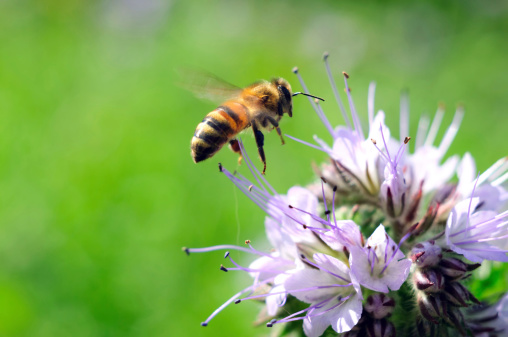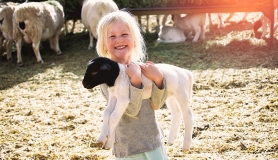1. Let go of your quest for a tidy garden. Lazy gardeners like me will be relieved to know that messy gardens are a haven for wildlife. If you are in the habit of having everything ordered, trimmed and clear, ease off a bit to allow some slightly overgrown spaces, brambles, ivy, patches of long grass and a few nettles here and there.
2. Make a log pile. Rotting and dead wood is an excellent habitat for fungi and insects like beetles. Situate your log pile in a shady spot so it remains cool and damp for optimum living conditions.
3. Create an insect hotel. You may have seen these structures for sale in garden centres but they’re easy to make yourself and a fun way to get kids interested in habitats. This PDF is available from the BBC Wildlife website and shows a large insect hotel structure with information about which creatures will live where.
4. Keep some grass long. Shorter grass is good for birds and mammals like hedgehogs and badgers to forage on, but keeping long grass around the edges provides habitats for caterpillars, larvae and invertebrates. Meadow flowers which grow amongst the long grass offer sustenance for butterflies, bees and moths, thus attracting more birds.
5. Feed the birds. A simple bird feeder can make a real difference to the bird population in the garden. They can easily be made from old bottles, or a fat ball set to harden on a stick. Feeding the birds throughout the year is important too, as is providing fresh drinking water.
6. According to the RSPB, butterflies get nectar from buddleia, verbena, knapweed, ivy, eupatorium, marjoram, Michaelmas daisy, lavender, sedum and scabious. When planning your garden, choose some of these plants to brighten your borders. Nettles are a real butterfly haven too.
7. A pond is a real wildlife haven. According to the RSPB, ponds provide a complex habitat full of algae and plants, scavengers, predators, herbivores, decomposers and parasites. A good range of plant species around the edge of the pond will attract and even greater range of wildlife. Wild About Gardens offers this advice for creating the perfect wildlife pond. It is worth considering the safety of a pond if you have very young children and you may want to situate it in an area of the garden you can gate off.
8. Hedges provide a vital habitat for nesting birds. Climbers trained against a wall also offer shelter and roosting locations for flying friends. The BBC offers this advice http://www.bbc.co.uk/gardening/basics/techniques/organic_nativehedge1.shtml for growing a native hedge in your garden.
9. Avoid the use of chemicals in your garden. Though most green gardeners wouldn’t turn to chemicals to manage their garden, it’s worth remembering the impact even the smallest amount of chemical interference can have on delicate ecosystems. The RSPB offers plenty of ideas for creating a chemical-free garden.
10. Compost your garden and food waste and collect rainwater. Composting provides a free and nutritious environment for plants to grow whilst harvesting rainwater is the best way to reuse our most precious resource in the garden.
Find out more:
Though the BBC’s Breathing Spaces campaign has now finished, the website is still a good resource and links to further wildlife pages.
RSPB has a vast collection of articles and ideas on how to create a garden wildlife haven. They also offer a personalised garden service to enable you to ensure you make the most of its wildlife potential.
The Wildlife Trusts have plenty of advice for would-be wildlife gardeners.
Wild About Gardens combines the knowledge of the Wildlife Trusts and RHS. Here you can find plenty of ideas to make your garden both beautiful and wildlife-friendly.







